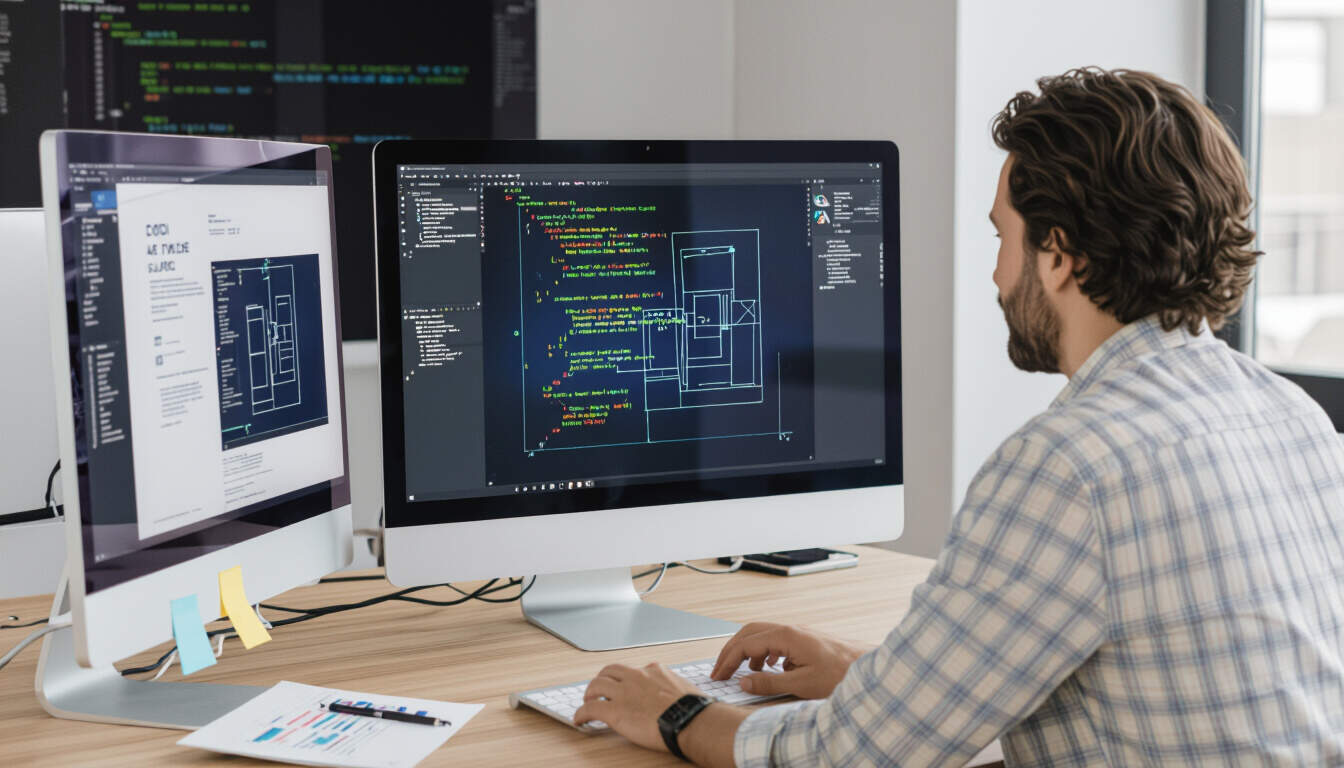Zero-Code Prototype Design Software for MVP Validation
 by Max Miller
by Max Miller
Explore how zero-code prototype design software simplifies MVP validation for entrepreneurs and startups. Learn practical strategies to build and test ideas efficiently, saving time and resources while gathering user feedback.

Zero-code tools have become essential for entrepreneurs and product managers aiming to validate ideas quickly. These platforms allow users to create prototypes without programming knowledge, making the process accessible and efficient.
In the initial stages of product development, zero-code tools enable rapid prototyping. This approach lets teams visualize concepts and gather early feedback. For instance, software like Adalo or Bubble provides intuitive interfaces for designing interactive prototypes.
One effective strategy involves starting with simple wireframes. By using tools such as Figma or Canva's design features, users can outline basic layouts. This step helps identify core features that matter most to potential customers.
When building an MVP, focus on key functionalities. MVP validation requires testing assumptions with real users. Zero-code platforms make it easy to iterate based on responses, reducing the need for extensive revisions.
Consider the benefits of these tools. They lower barriers for non-technical founders, allowing faster market entry. Teams can prototype, test, and refine ideas in a streamlined workflow.
Key Features of Popular Zero-Code Tools
Many zero-code options offer drag-and-drop builders. For example, Webflow allows users to create responsive designs without code. These features support collaboration, where team members can work together in real-time.
Another advantage is integration capabilities. Some tools connect with analytics services, helping track user interactions. This data informs decisions during validation phases.
Strategies for Effective Prototyping
To maximize results, begin by defining your target audience. Create prototypes that address specific pain points. Then, share them for feedback through surveys or user sessions.
Testing prototypes early can reveal flaws. For startups, this means adjusting designs based on input, ensuring the final product meets needs.
Organize your process with lists:
- Identify core features for the MVP.
- Build a basic prototype using zero-code software.
- Conduct user tests to gather insights.
- Analyze feedback and iterate quickly.
By following these steps, entrepreneurs can avoid common pitfalls and achieve better outcomes.
Real-world applications show success stories. A startup used zero-code tools to prototype an app idea in weeks. They validated the concept with potential users, leading to a successful launch.
Encouraging a hands-on mindset is crucial. Product managers should experiment with different tools to find the best fit. This exploration builds confidence in the validation process.
In summary, adopting zero-code prototype design software transforms how teams approach MVP validation. It offers a practical path for testing ideas without heavy investment. With persistence and strategic use, entrepreneurs can turn concepts into viable products, fostering innovation and growth.
Beyond software selection, consider community resources. Online forums provide tips from experienced users, enhancing your knowledge base.
Ultimately, these tools empower individuals to bring ideas to life efficiently. By prioritizing user-centered design, teams can ensure their MVPs resonate with audiences, paving the way for future success.
